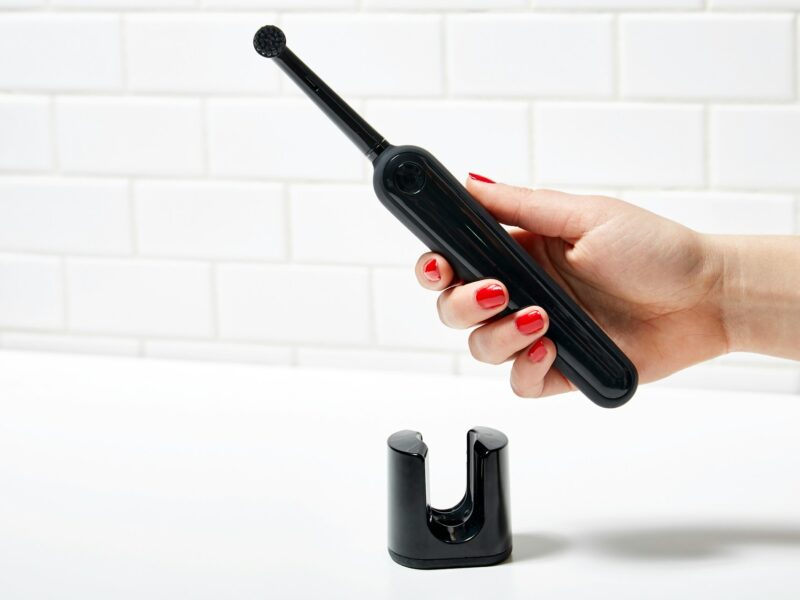Mistletoe (Viscum album) has been used for millennia to treat various diseases, ranging from epilepsy to hypertension. It has also been used to soothe anxiety and depression.
In Europe, many cancer patients use mistletoe preparations for their treatment. These preparations are derived from fir, oak, or pine trees and are given via subcutaneous injection or intravenously.
Contents
Immunomodulation
Mistletoe is used to treat cancer because it contains various biologically active compounds with powerful immune-modulating effects. These include lectins, viscotoxins, and polysaccharides. These substances can improve the body’s defenses against cancer and decrease the adverse side effects of chemotherapy and radiation therapy.
Many studies have found that mistletoe therapy can improve quality of life, reduce treatment-related side effects, increase survival time, and improve symptoms in people with certain cancers. Some research also suggests that it can prevent tumor growth by blocking new blood vessels in the tumor, cutting off fuel for cancer cells to grow.
Mistletoe extracts are injected into the body or given intravenously (under the skin) to treat cancer. These preparations can also be given directly into a tumor or a pleural cavity.
The type of mistletoe plant on which the extract is made can affect its healing properties. Different mistletoe plants can contain different amounts of lectins, viscotoxins, polysaccharides, and other chemicals.
These ingredients are influenced by the host tree that grows on the mistletoe plant. For example, apple, elm, oak, pine, and spruce trees all have mistletoe on them.
Various mistletoe preparations are based on this principle and are usually given as injections under the skin. Depending on the patient’s condition, these preparations can also be administered intravenously or directly into the tumor.
Phytochemicals
Mistletoe contains a variety of phytochemicals, many of which are used in medicine. These phytochemicals have antiviral, anti-inflammatory, and immune system-boosting properties.
These compounds are also known to help treat cancer. They can act as antioxidants and suppress cell growth, which helps keep the body healthy.
For example, a study found that mistletoe extracts can inhibit the growth of some types of cancer cells in vitro. Another study discovered mistletoe could boost the immune system and fight infection.
In addition, mistletoe contains minerals that can help maintain the health of your body and prevent certain diseases. These minerals include potassium and calcium.
Despite the wide use of mistletoe as a herbal supplement, it is essential to choose a product tested by a third party to ensure safety and effectiveness. This is especially true if you are pregnant, breastfeeding, or have diabetes.
The concentrations of proteins, reducing sugars, phenols, and total flavonoids were examined in extracts from two European mistletoe species dissolved in different solvents: water, aqueous ethanol, and ethyl acetate. The results showed that aqueous ethanol was the best solvent for extracting these compounds.
Enzymes
Mistletoe therapy contains enzymes that can help to repair tissue and reduce inflammation. These enzymes can also help the body to fight off infections and fungi.
In some cases, the use of mistletoe extracts has helped people who are recovering from cancer. Research shows that mistletoe can stimulate the immune system to attack cancer cells.
Studies have also shown that mistletoe can decrease the amount of cholesterol in the body. This can help to protect against heart disease and stroke.
Another study found that mistletoe can help treat diabetes by reducing blood glucose levels and increasing insulin production. However, it is essential to note that these effects are only temporary and can be reversed by diet changes and exercise.
It has been reported that mistletoe can also help reduce the number of toxins in the body. This effect is mainly due to the presence of lectins in mistletoe.
These lectins help the body detoxify by breaking down waste and toxic chemicals. The lectins can also help to boost the immune system.
In addition to the immune-boosting properties of mistletoe, it has been used for years to treat various health conditions. It has been shown to relieve pain, sprains, and headaches and reduce fevers, diarrhea, and rheumatic diseases.
Pain Relief
Mistletoe (Viscum album) extracts can help improve the quality of life in cancer patients by reducing pain, fatigue and exhaustion, nausea, vomiting, and side effects of traditional cancer treatments like chemotherapy and radiation. They also act as anti-tumor agents by inducing apoptosis and inhibiting angiogenesis.
The pharmacological properties of mistletoe are due to its wide variety of chemical compounds. It contains mainly flavonoids, alkaloids, coumarins, and triterpenes. The active compounds vary from one part of the plant to another and from season to season.
Evidence shows that some types of mistletoe may lower the risk of blood vessel conditions, such as high blood pressure and atherosclerosis. However, more is needed to recommend for people with heart disease or other conditions, as many factors determine the effectiveness of treatment.
European mistletoe is a herb that has been used for centuries in herbal medicine to treat a variety of health concerns. It can help fight cancer, manage inflammation, reduce symptoms of depression/anxiety, balance hormones, and improve cardiovascular health.
Mistletoe is safe when a healthcare professional uses and does not interact with other medications. It can cause itching, redness, and swelling at the injection site, but these side effects are not typical and usually go away within a few days.



